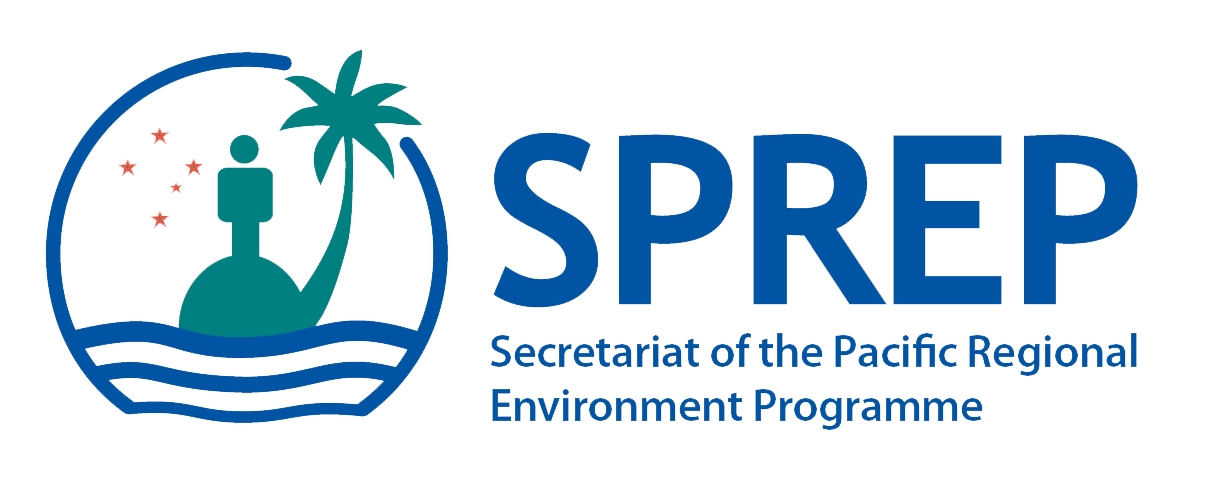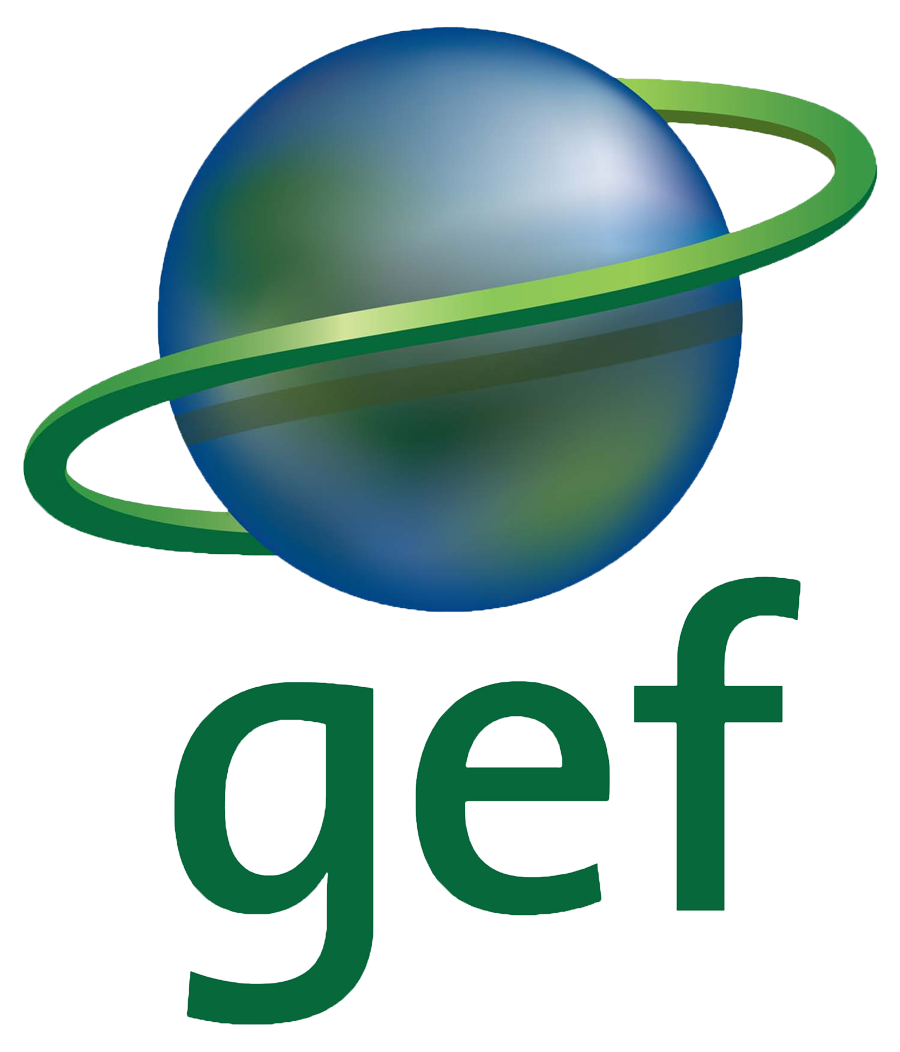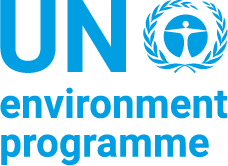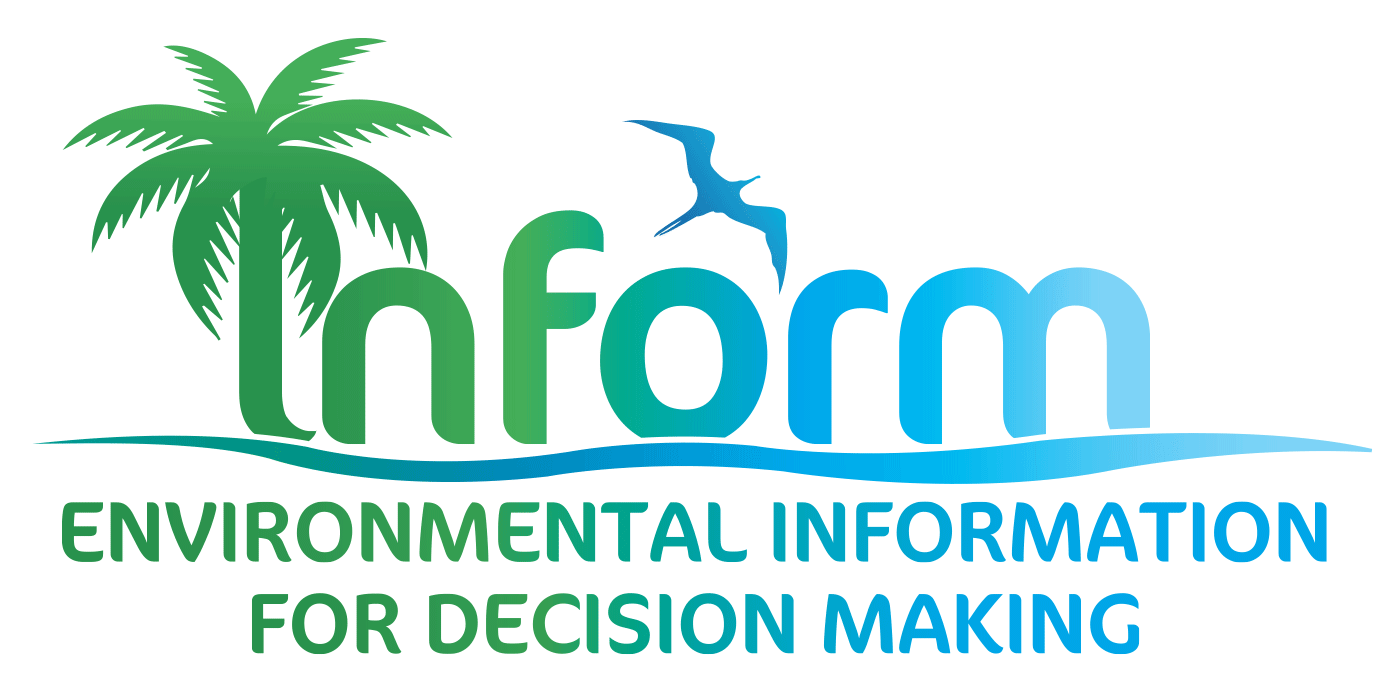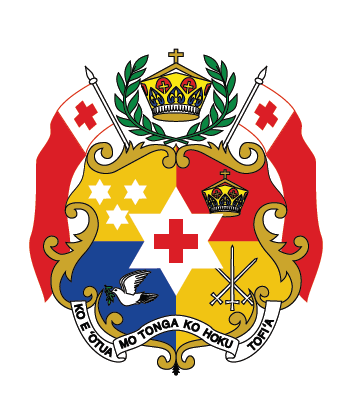An ecosystem in need of restoration
The Fanga’uta Lagoon catchment includes much of the capital of Tonga, Nuku’alofa, and is home to 47,529 people across 29 villages. This is 64% of the population of Tongatapu Island.
Many communities are dependent on the ecosystem services provided by the lagoon. However, a range of human pressures are taking a toll on the lagoon ecosystems and urgent management attention is required to reduce those pressures and rehabilitate Fanga’uta Lagoon to a healthier state.
A range of human pressures are taking a toll on the Fanga’uta Lagoon ecosystem
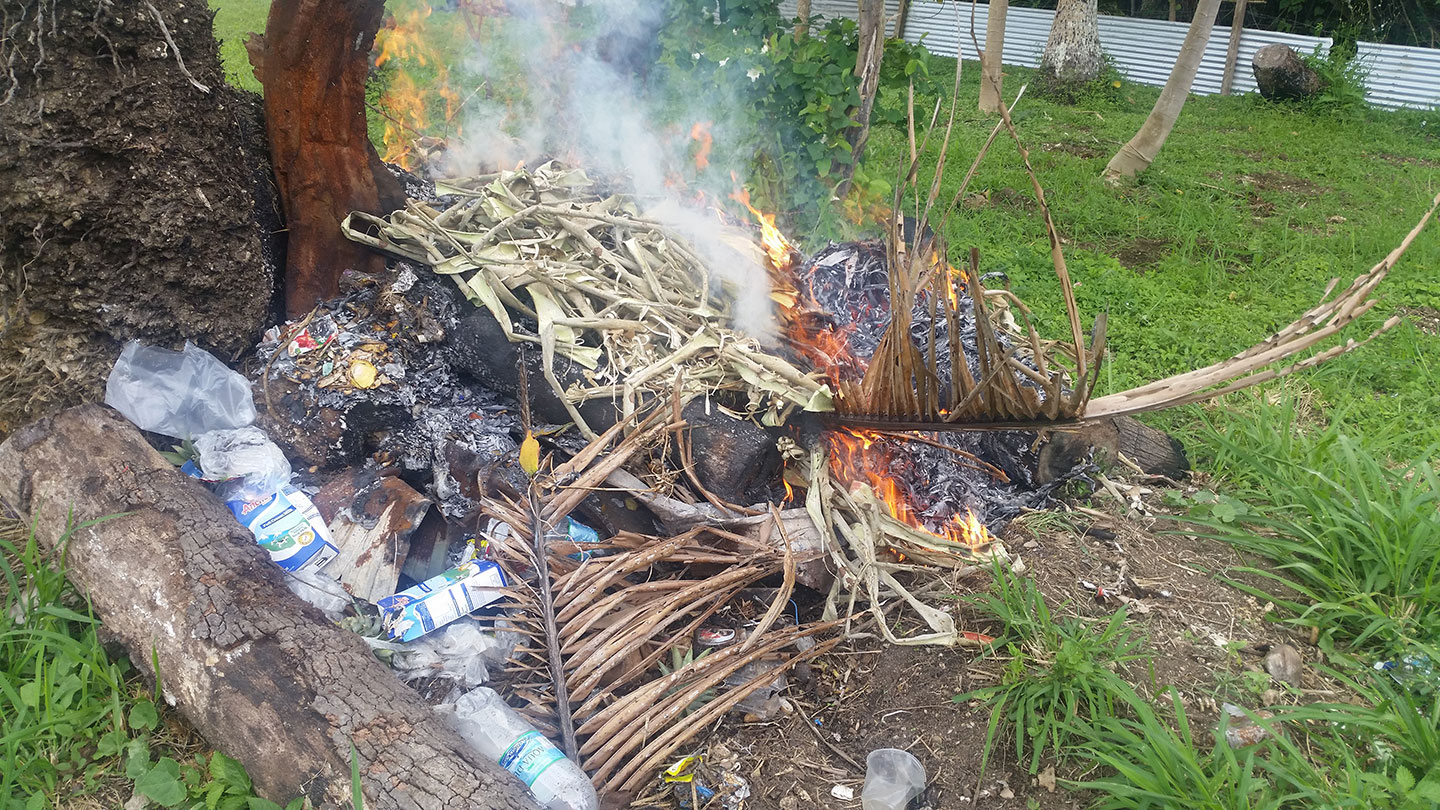
Illegal Dumping
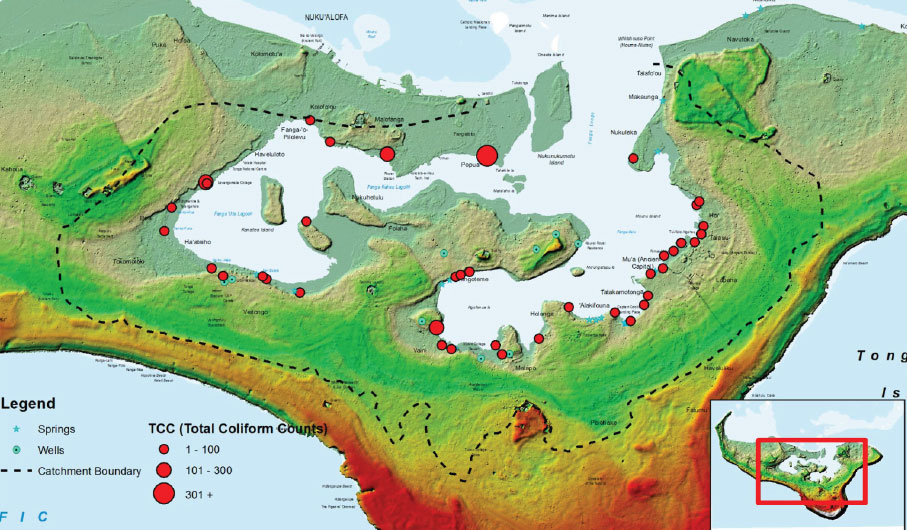
High Faecal coliform counts
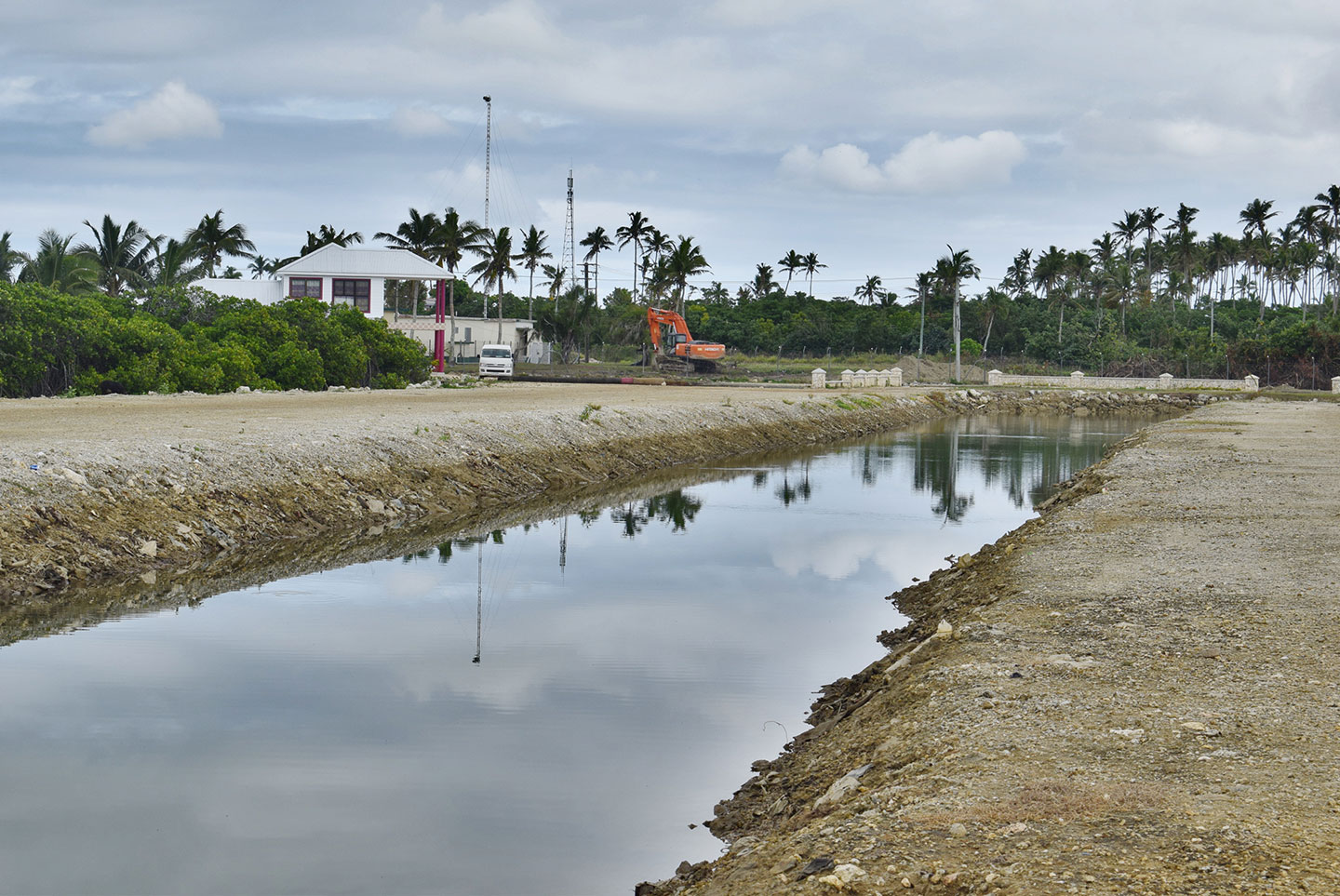
Mangrove clearing and land reclamation
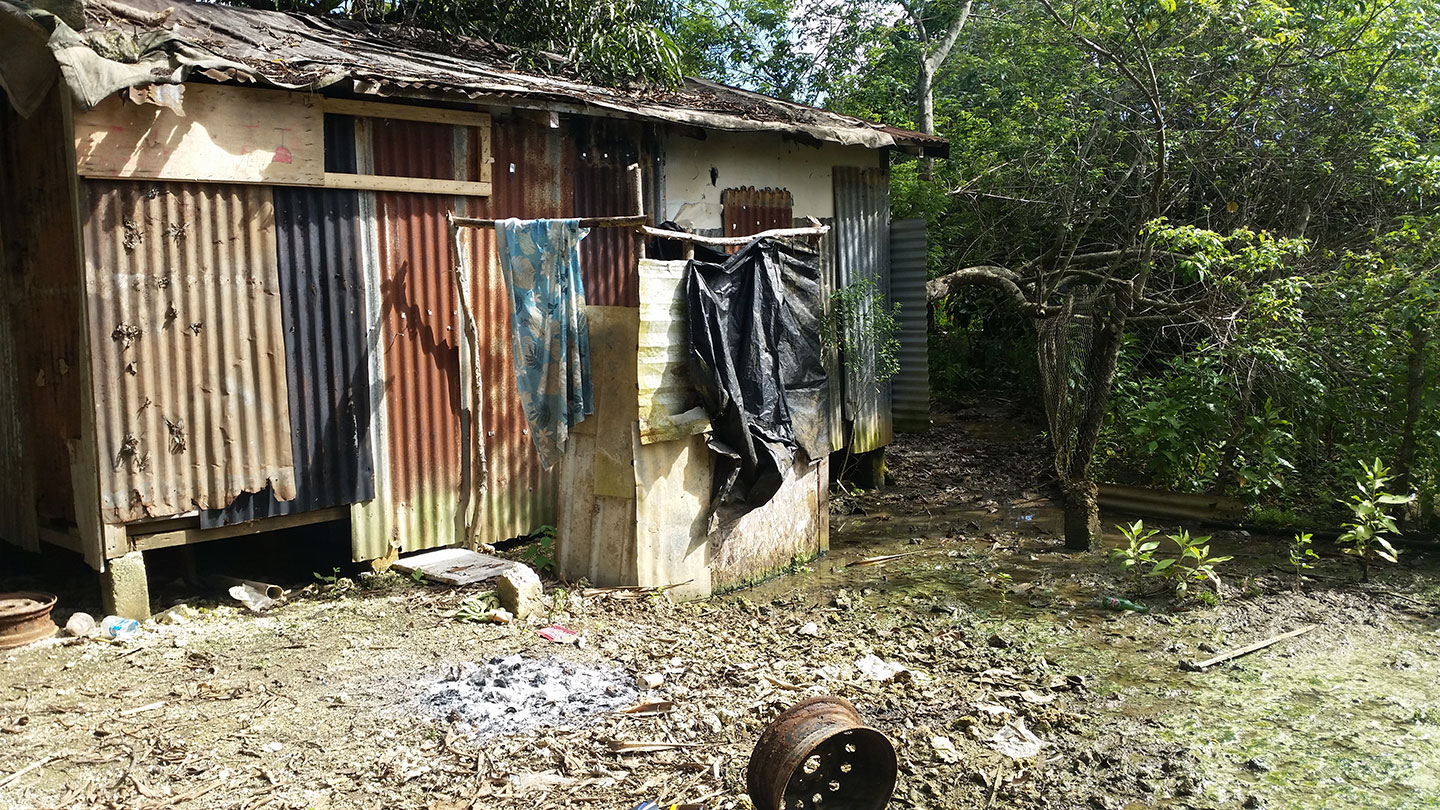
Leaking sewage
Declining seagrass cover
These actions will help to restore Fanga’uta Lagoon:
- Enact the Water Resources Bill 2016
- Introduce zoning policy for urban planning
- Legislate to stop land reclamation, including provisions to prosecute illegal reclamation
- Establish esplanade reserves, 15m from high-water level
- Enforce fines for illegal dumping
- Replace leaky septic systems with fiberglass or plastic tanks
- Ban fertiliser use within 100 m of high tide level
- Ongoing Department of Environment funding for lagoon rehabilitation
- Stop untreated liquid waste discharge from Vaiola hospital and other sources
- Quarterly monitoring of faecal coliforms and installation of automated water quality monitoring
- Continue initiatives that encourage community involvement in lagoon management
